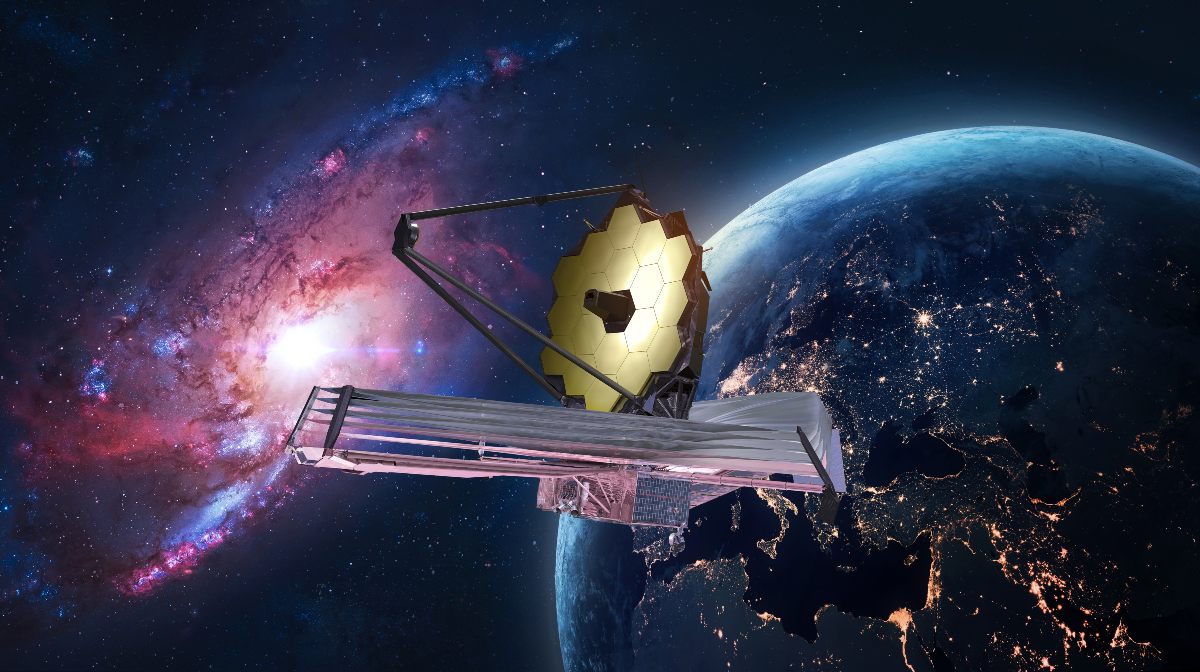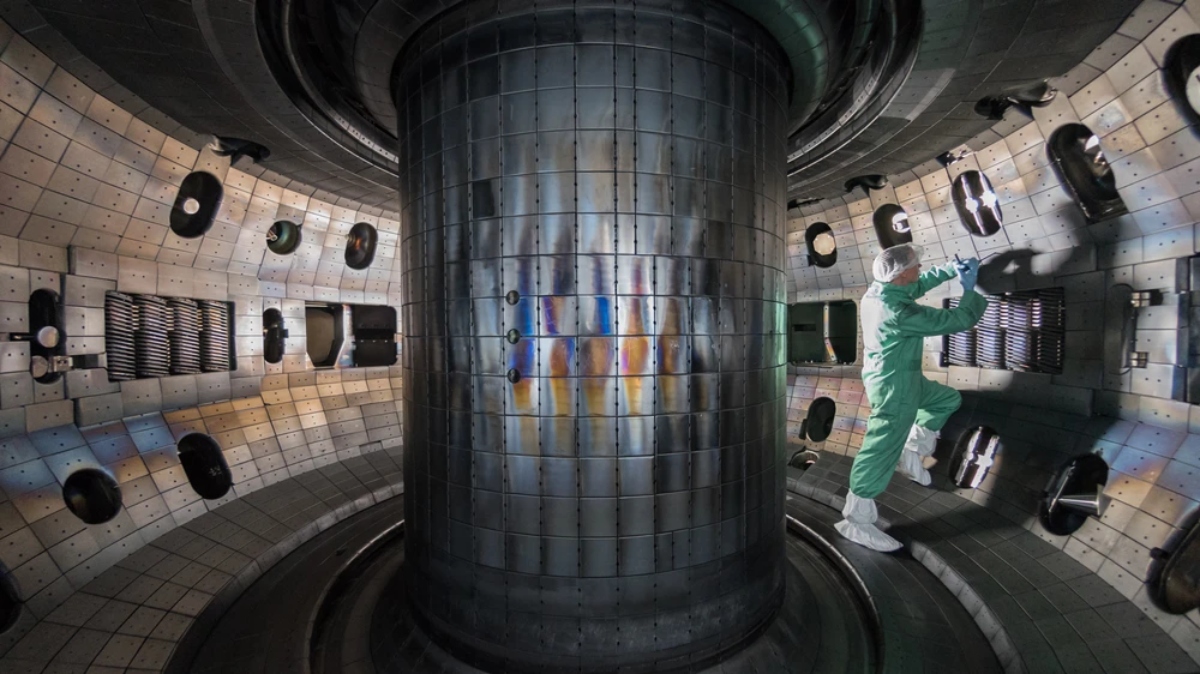Death has always been surrounded by thousands of unknowns and suppositions; there is a lot of talk about it in literature, cinema and culture in general. However, it has never been possible to establish with certainty what happens when a person dies. Among so many doubts, technology is becoming one of the ways to explore much more in this field. This is what virtual immortality refers to.
In order for you to understand what we are talking about when we refer to virtual immortality, we will tell you about something they did in Korea. In a television program, a mother was reunited with her deceased seven-year-old daughter, how was this possible?
Virtual immortality, how far can technology go?
To make this possible, a process called photogrammetry was used. This is a precision technique whose objective is to define shapes and dimensions, as well as the position of an object using different photographs of it. So, this was a long and tedious process, but in the end with extraordinary results.
In the event, the mother of the little girl used virtual reality goggles and gloves that allow her to feel the images created by a computer. In addition, she moved around the studio with a green chroma key while hugging her daughter.
In order to achieve this, there was an eight-month process. They did so based on his younger sister who bore a reasonable resemblance, and created a 3D model.
Do you know what transhumanism is? It is basically a movement that questions the natural limits of humanity, promoting different ways to overcome them through technological improvement and, perhaps, the separation of the mind from the human body.
According to Mark O’Connel, in his book To Be Machine, he says that:
“Transhumanism is defined as a movement for the liberation of nature and, for transhumanists, nature must be transformed and improved.”
And this is not something new…
But this is not as new as one might think, since as early as 1962, the American academic Robert Ettinger began to address cryopreservation issues. That is, freezing and preservation of body parts in order to preserve their existence for many more years. However, it was something that was left behind and replaced by processes that consist of reversing cellular aging.
Finally, it is evident that man has always felt a great curiosity to inquire about death and few have learned to see it as a natural process of life. So perhaps, in the very near future virtual immortality could be of great help in overcoming grief and used for other therapeutic treatments.
You can also read:Digitizing the brain, finally so we could become immortal




